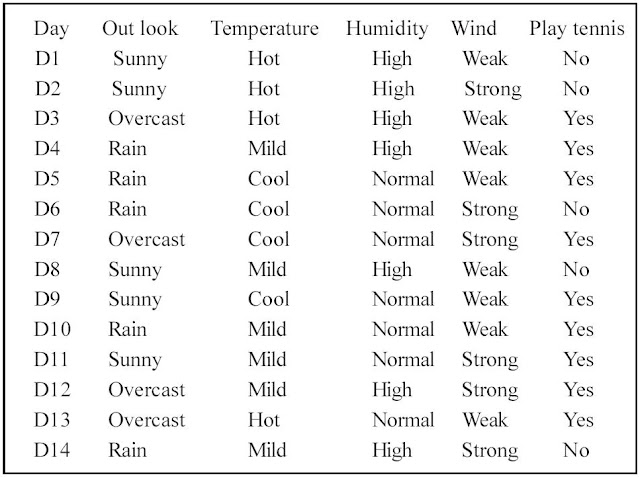Database Management Systems (DBMS) Question - Pune University May 2013 / Pune University BE (CSE) and BTech (IT) DBMS Question - May 2013
UNIVERSITY
OF PUNE
[4363] – 251
T.E.
(Computer & IT Semester – I) Examination, 2013
DATABASE
MANAGEMENT SYSTEMS
(2008 Pattern)
Time: 3 Hours Max.
Marks: 100
Instructions
: 1) Answers to the
two Sections should be written in separate books.
2)
Black figures to the right indicate full marks.
3)
Assume suitable data, if necessary.
4)
Solve Section I: Q 1 or Q 2, Q 3 or Q 4, Q 5
or Q 6.
5)
Solve Section II: Q 7 or Q 8, Q 9 or Q 10, Q
11 or Q 12.
SECTION
– I
Q1) A) How following problems are handled with DBMS. [6]
i. Data Isolation
ii. Data Redundancy and Inconsistency
iii. Data Integrity
C) Explain the need of the following. [6]
i. View
ii) Foreign Key.
OR
Q2) A) Explain various database languages. [8]
B) Explain various data models used in DBMS. [10]
Q3) A) Given relation schema: R(A,B,C),
S(D,E,F). Let the relation r® and s(S) be given. Convert the following SQL
statements in relational algebra form. [8]
1. select * from r where B = 17;
2. select A, F from r,s where r.C = s.D;
3. update r set B = B*15 where A = ‘aaa’;
4. select * from s where E<20;
OR
Q4) A) What is Cursor? Explain various types
of Cursor. [8]
B) Explain stored procedures and triggers.
[8]
Q5) A) Explain why 4NF is more desirable than
BCNF. Rewrite the definition of 4NF and BCNF using the notions of domain
constraints and general constraints. [8]
B) Specify Armstrong’s axioms. Use Armstrong’s
axioms to prove the soundness of pseudo transitivity rule. [8]
OR
Q6) A) Let R=(A,B,C,D,E) and let M be the
following set of multi-valued dependencies. [8]
A →→ BC, B →→ CD, E →→ AD.
List the
non-trivial dependencies in M+.
B)
Describe the concept of Transitive dependency and explain how this
concept is used to define 3NF. [8]
SECTION
- II
Q7) A) What is ordered indices? Explain the
types of ordered indices with suitable example. [9]
B) Explain detail use of B Tree as an
indexing technique. Compare B tree and B+ tree.
[9]
OR
Q8) A) Explain following: [9]
B) Give the transformation rules for relational
expressions. [9]
Q9) A) Explain the concept of ‘Transaction’. Describe ACID properties for transaction. [8]
B) Show
the two phase locking protocol ensures conflict serializability. [8]
OR
Q10) A) Explain timestamp based protocol. [8]
B) State and explain Thomas Write rule. [8]
Q11) A) How does the concept of an object in
the object oriented model differ from the concept of an entity in the ER model. [8]
B) Explain
the need of backup and replication. [8]
OR
B) Write short note on:
i. Data warehouse manager
ii. Pointers swizzling techniques.
————————

